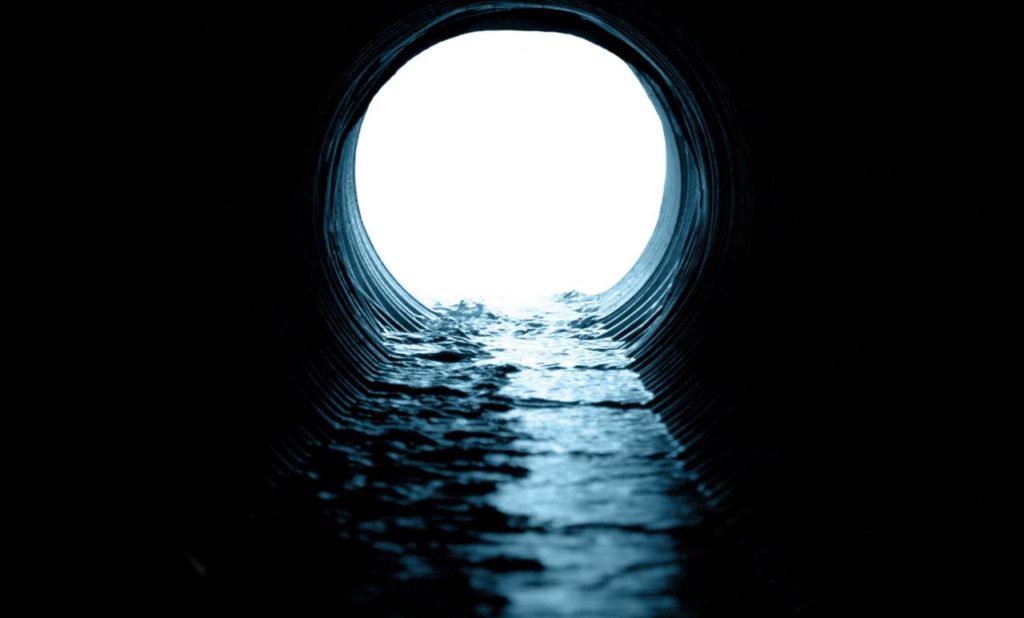Not All Pipelining Systems are Created Equal

NOT ALL PIPELINING SYSTEMS ARE CREATED EQUAL
Whether it’s municipal utility lines or gravity stormwater conveyance conduits, it is nearly inevitable that some repair or rehabilitation will be required at some point in time. Given the age and deteriorating nature of infrastructure in North America, it is likely that your state or city is facing these issues already. Common fail points are welded joints, connections, and even corrosion of the pipe material due to infiltration and inflow, erosion, etc.
The industry has had solutions in place for several years. In the late 1980s, 100% solids spray-applied elastomer polyurea coatings became prevalent, as numerous studies concluded it was a superior option. More recently, 100% solids rigid polyurethane coatings (like SprayWall®) have been found to be superior.
However, plenty of other options continue to be used in various applications. Epoxies, cement mortar linings, and a variety of others are still seen as municipalities, utilities, and departments of transportation navigate repairs and rehabilitations.
Considering the continued presence of numerous solutions in the market (and increasing manufacturers within each type of lining, it will be most helpful to understand the essential properties of a coating or pipe lining system (PLS).
THE QUALITIES THAT MATTER
A 2004 study identified twelve characteristics that are determinative of PLS performance:
- adhesion to pipe substrate
- abrasion
- impact and penetration resistance (hardness)
- chemical and corrosion resistance
- dielectric strength and resistance to cathodic disbondment
- flexibility
- stability at low or elevated temperatures/service conditions
- water absorption/water vapor permeability
Engineers, municipal managers, and applicators must consider these qualities when selecting suitable materials to renew culverts, conduits, and other pipes. The research continues to show that spray-applied pipe linings outperform other alternatives. The best structural SAPL is SprayWall®, hands down.
WHY IS SPRAYWALL® BETTER?
Some prominent differentiators set Spraywall® apart from other solutions, such as cementitious SAPLs.
A 2021 study from the Ohio Department of Transportation, USDOT, the Federal Highway Administration, and the University of Texas at Arlington compared various SAPL systems and lab-tested their performance. Even under ideal lab conditions, when cementitious SAPLs were applied to corrugated metal pipes, every single cementitious SAPL had multiple shrinkage cracks at all application thicknesses (1”, 2”, and 3”).
The same study found that at an applied thickness of 1”, SprayWall® increased the load-bearing capacity of circular corrugated metal pipes by 80.82% versus a brand-new, bare pipe. SprayWall® provided an 802.7% increase in load-carrying capacity when the pipes had a 2” crown deflection (already damaged/deflected) over the bare damaged pipe’s capacity.
THE FINAL WORD IN PIPE RENEWAL
The final conclusion of the study says it all:
“It was observed that both polymeric and cementitious SAPLs were able to increase the structural capacity of the fully invert deteriorated CMPs and retrieve the ring compression resistance of the renewed pipes. In addition to that, since the polymeric SAPL did not crack at the invert-cut location, even at the ultimate loading stage, it can be concluded that the polymeric liner was structurally capable of performing as a new pipe inside the host pipe (i.e., pipe-in-pipe) and could solely resist the applied ring compression.”
SprayWall® is the gold standard in the pipe, culvert, and conveyance conduit renewal/rehabilitation, period. Request the gold standard and enjoy worry-free service for decades. Contact us today to see for yourself!

